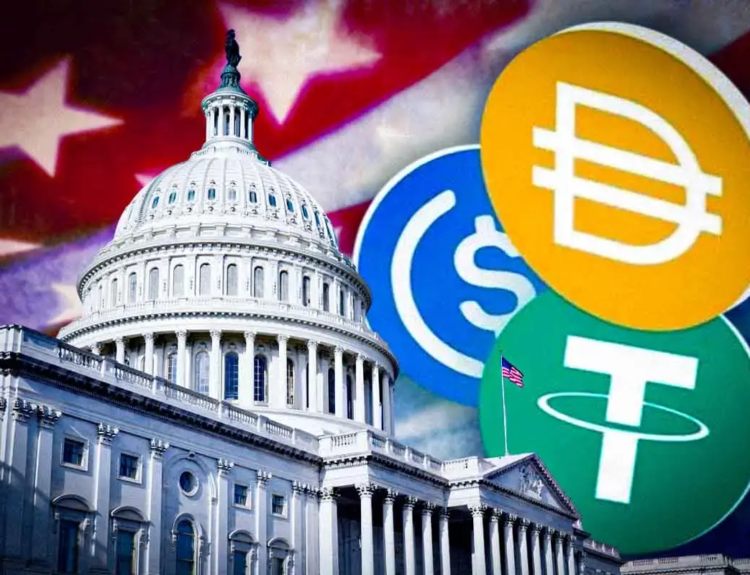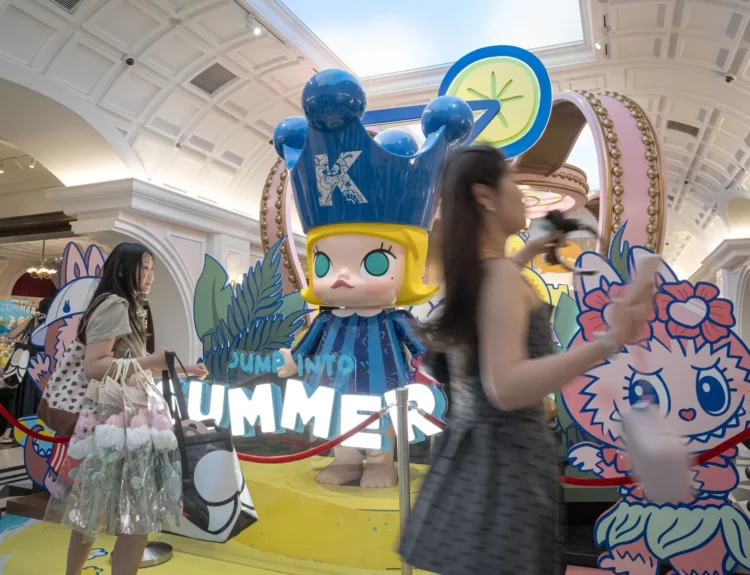A recent Bankrate survey reveals that six in ten Americans view giving a tip negatively, with 35% saying it’s “out of control.” Persistent inflation has exacerbated these sentiments, according to Bankrate senior analyst Ted Rossman. Tipping prompts at unexpected places, such as self-checkout machines, contribute to the frustration.
Despite tipping fatigue, it’s crucial to tip in situations where workers rely on gratuities. Only 67% of respondents always tip at sit-down restaurants, down from 75% three years ago. The federal minimum wage for tipped workers remains $2.13 an hour.
Etiquette experts about tip giving
However, etiquette experts note there are scenarios where tipping isn’t mandatory:
- Plumbers or Repair Persons: No need to tip salaried professionals or tradespeople. Tipping could be seen as unorthodox and may be misinterpreted as trying to curry favor.
- Counter Service: Tipping is optional for counter workers, despite prompts on payment devices. Tips can be reserved for exceptional service, such as when an employee remembers your regular order.
- Open-Bar Events: Tips are usually covered by the event host, but extra tips are appreciated and might get you better service throughout the event.
- Double-Tipping Situations: Avoid tipping again if a service charge is already included. Discreetly ask the server where the fee goes; if it benefits the staff, additional tips are unnecessary.
- Poor Service: You’re not obligated to tip for bad service. Consider if the issue was within the server’s control. If it was, a reduced tip might be appropriate, along with informing management of your dissatisfaction.
Tipping practices continue to evolve, influenced by economic pressures and societal expectations.










